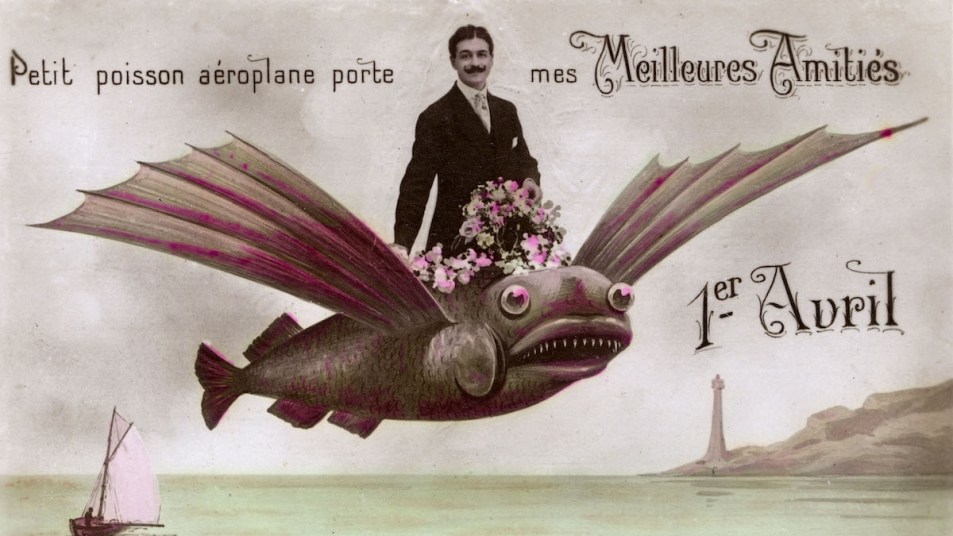April Fools! Why Do We Celebrate This Weird Holiday, Anyway?
April Fools' Day has a longer history than you might expect.

April Fools’ Day is a strange holiday. Unlike most others, it’s not about family, religion, or commemorating a meaningful event. Rather, it’s simply about pranks and being silly, and accordingly, most adults don’t think of it as a “real” occasion. Sure, we might chuckle at a prank or two (or maybe, if we’re feeling mischievous, play a prank ourselves). But for most of us, April Fools’ feels like an afterthought. And yet, it’s actually celebrated in many countries around the world, including Ireland, Brazil, and Greece. Is this holiday merely a modern creation intended to drive up sales of whoopee cushions and chattering teeth, or does it have a deeper history? Well, the origins of April Fools’ may surprise you — keep reading to learn more.
What are the origins of April Fools’ Day?
It’s fitting that a holiday as unconventional as April Fools’ Day would have an ambiguous origin story. NPR notes that while “nobody seems to know its true origins,” historians have found some potential clues. Surprisingly, April Fools’ goes way back, traced to Renaissance Europe or potentially even earlier. Here are some of the historical celebrations that may have been early versions of April Fools.’
- Hilaria. In this ancient Roman festival, which took place in late March, people would have a celebration in which they dressed in disguises and imitated one another, as a means of commemorating the resurrection of Attis, the god of vegetation.
- The Feast of Fools. This was a medieval celebration in which the church was parodied, with a common man named as a mock bishop or pope for the day. This chaotic role reversal took place on New Year’s Day.
- Poisson d’Avril. In the 16th century, France changed from the Julian calendar (Julius Caesar’s dating system, which was built on miscalculations) to the Gregorian calendar (the calendar we still use today — the discrepancy between the Julian and Gregorian calendars is 14 days). News moved slowly in these times, so word of the calendar change, which switched New Year’s Day from April 1 to January 1, didn’t get to everyone immediately. Some people, unaware of the newly-implemented calendar, still celebrated New Year’s Day on April 1, leading some of the more mischievous citizens to prank them. One popular prank involved putting a paper fish on someone’s back and saying “Poisson d’Avril,” (April Fish), a tradition that continues in France to this day.
When was April Fools’ first mentioned?
Wondering when April Fools’ was properly acknowledged for the first time? The earliest reference is believed to be in a Flemish poem by Eduard de Dene from 1561. In this poem, a nobleman sends his servant on pointless errands, which the servant soon realizes are quite literally fool’s errands. Throughout the narrative, the servant wonders whether these silly errands are meant to be April Fools’ jokes. On the off-chance that you can read old Dutch, check out the poem for yourself here.
How has April Fools’ changed throughout history?
As we’ve just learned, the history of pranks goes back a long time — but in some ways, it hasn’t actually changed all that much. The jokes we play now probably don’t have anything to do with monarchy or ancient gods, but they come from an impulse to shake things up that is clearly long-standing. With the advent of newspapers, radio, and TV, April Fools’ became more established as an annual tradition; news articles and TV programs started fooling their readers and watchers with good-natured pranks. Nowadays, just about anyone can post a prank online (or fall for pranks in an embarrassing public fashion).
Today, April 1, be wary of what you read and see. But remember: April Fools’ is more than just an excuse to be playful. It’s also part of a grand historical tradition that proves people have been searching for moments of levity for centuries.
















